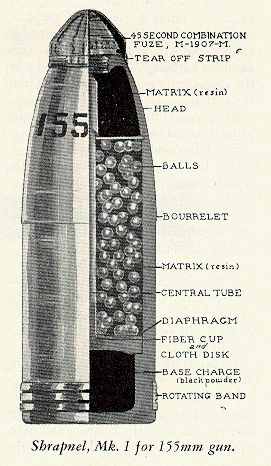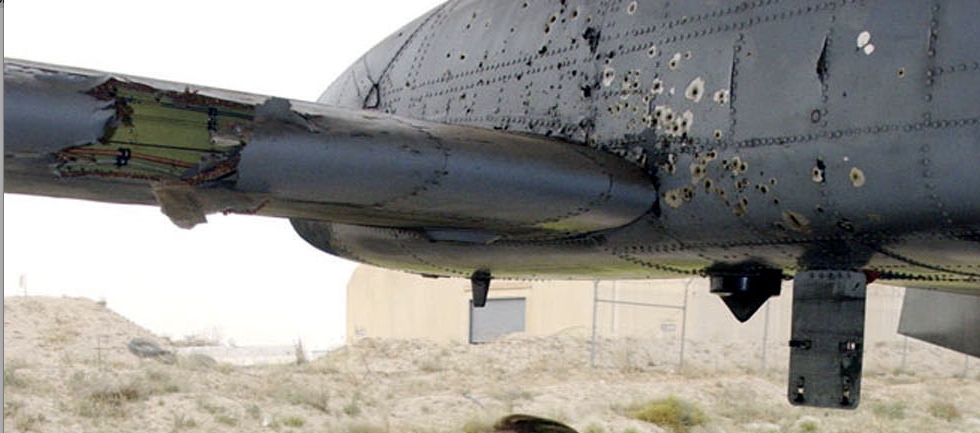

Tissue characteristicsīullet injury is more severe in friable organs such as liver and brain due to temporary cavitation at a distance from the bullet path. fragmentation gives important information about the mechanism and direction of injuryĬaliber and weight also have some effect on wounding capacity, though not as much as the above factors.fragmentation often leads to a telltale distribution of fragments spreading along the bullet course, with the most markedly fragmented and widely distributed pattern from high-velocity rifle rounds being called the "lead snowstorm" 1.generally, occurs on the impact of a non-jacketed or semi-jacketed bullet.when a bullet hits its target, it loses its directional stability and can rotate around its short axis for this reason, non-deformed bullets may sometimes be seen pointing towards the entry wound.a deformed bullet decelerates faster, hence increasing local tissue damage.encased (jacketed) bullets used in higher velocity firearms tend to deform (“mushroom”) on impact.

These characteristics of bullet behavior have a significant impact on wounding capacity 1: however, at short range, the combined energy of the pellets can lead to devastating injury, far more severe than from a bullet fired at the same range.this means that at long range, shotgun injuries are often multiple but superficial, and rarely life-threatening.whereas a rifle or handgun fires a single bullet with each shot, a shotgun fires a cartridge of pellets, which disperse on leaving the barrel and rapidly decelerate.shotguns: have a different mechanism of injury altogether.handguns: medium to low-velocity injuries.rifles: highest velocity injuries (because longer barrel means that the bullet has more time to accelerate).The most common weapons encountered in a civilian setting are 1: The type of firearm influences the velocity of the projectile and given that e = m x v 2, projectile velocity is a major contributor to the energy imparted to tissues and hence, to wounding capacity. careening: penetrates the skull and travels with its trajectory external to the parenchyma potentially injuring the dural venous sinuses.ricochet: penetrating projectile that bounces off the inner table of the skull.tangential: strikes the head obliquely without penetrating the brain parenchyma but may result in scalp injury, skull fractures or parenchymal contusions.perforating: entry and exit wound with tract through the brain parenchyma.penetrating: entry wound with no exit would.There are five major gunshot injuries of the head 8: The main contributing factors are the type of firearm and projectile characteristics, and the inherent characteristics of the wounded tissues. Some understanding of the factors that influence wounding capacity and pattern of injury may aid in imaging assessment. Incidence of gunshot injuries to the head is increasing in some countries, due to the ease of accessibility to firearms. In the civilian population, suicide and criminal activity account for the majority of cases and young male adults remain the most at risk 8.


 0 kommentar(er)
0 kommentar(er)
